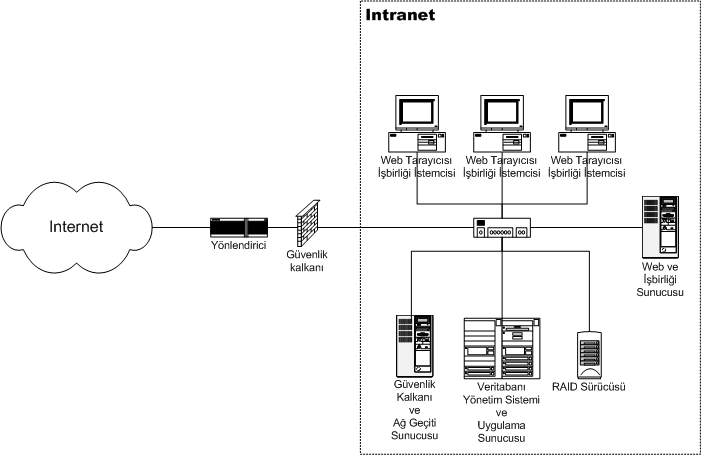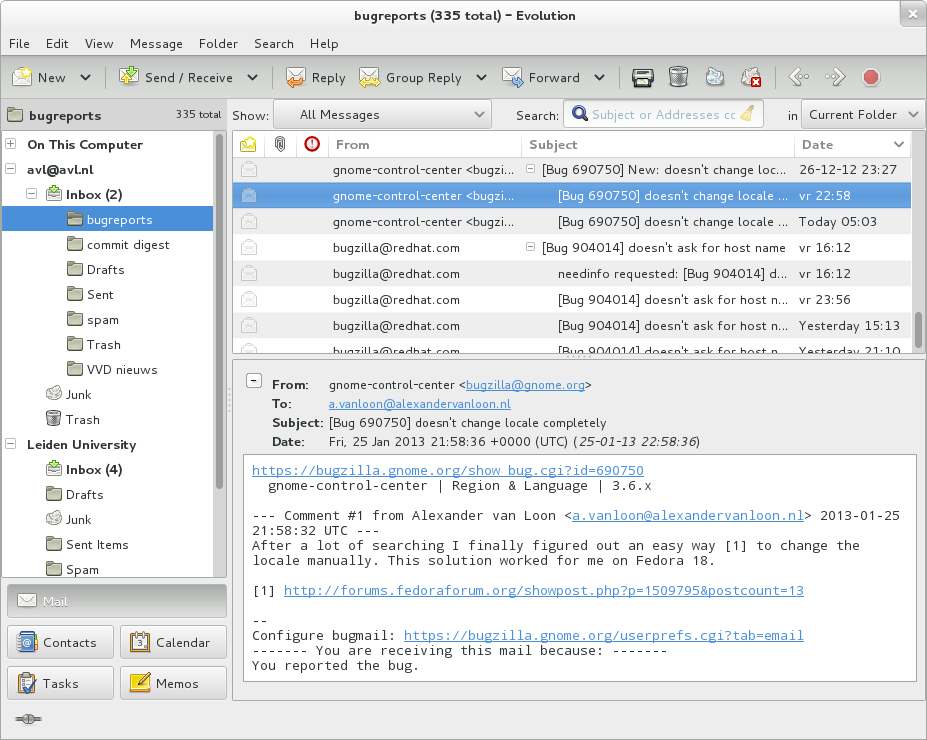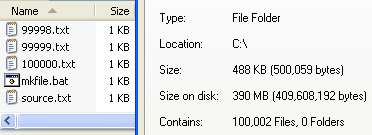|
Microsoft Office Picture Manager
Microsoft Office Picture Manager (formerly Microsoft Picture Library) is a raster graphics editor introduced in Microsoft Office 2003 and included up to Office 2010. It is the replacement to Microsoft Photo Editor introduced in Office 97 and included up to Office XP. Basic image editing features include color correct, crop, flip, resize, and rotate. To facilitate image organization, Picture Manager includes a shortcut pane to which users can manually—or automatically through a ''Locate Pictures'' command—add shortcuts to folders in a hierarchical file system layout, which eliminates the need to create new categories for images or to import them to a specific folder. Picture Manager allows users to share images in email, to an intranet location, or to a SharePoint library. It also allows images to be shared directly with Excel, Outlook, PowerPoint, and Word. Microsoft terminated support for Picture Manager with the release of Office 2013 and recommended Photos ... [...More Info...] [...Related Items...] OR: [Wikipedia] [Google] [Baidu] |
Windows XP
Windows XP is a major release of Microsoft's Windows NT operating system. It was release to manufacturing, released to manufacturing on August 24, 2001, and later to retail on October 25, 2001. It is a direct upgrade to its predecessors, Windows 2000 for high-end and business users and Windows Me for home users, available for any devices running Windows NT 4.0, Windows 98, Windows 2000 and Windows Me that meet the new Windows XP system requirements. Development of Windows XP began in the late 1990s under the codename "Windows Neptune, Neptune", built on the Architecture of Windows NT#Kernel, Windows NT kernel explicitly intended for mainstream consumer use. An updated version of Windows 2000 was also initially planned for the business market. However, in January 2000, both projects were scrapped in favor of a single OS codenamed "Whistler", which would serve as a single platform for both consumer and business markets. As a result, Windows XP is the first consumer edition of W ... [...More Info...] [...Related Items...] OR: [Wikipedia] [Google] [Baidu] |
Microsoft Office 97
Microsoft Office 97 (version 8.0) is the fifth major release for Windows of Microsoft Office, released by Microsoft on November 19, 1996. It succeeded Microsoft Office 95 and was replaced by Microsoft Office 2000 in 1999. A Mac OS equivalent, Microsoft Office 98 Macintosh Edition, was released on January 6, 1998. Microsoft Office 97 became a major milestone release which includes hundreds of new features and improvements over its predecessor. The suite is officially compatible with Windows NT 3.51 SP5, Windows 95 or later. It is not officially supported on Windows XP or later versions of Windows. It is the last version of Microsoft Office to support Windows NT 3.51 SP5 and Windows NT 4.0 RTM–SP2; as the following version, Microsoft Office 2000 only supports Windows 95, Windows NT 4.0 SP3 or later. Two Service Releases (SR-1 and SR-2) were released for Office 97; SR-2 solved the year 2000 problem in Office 97. Mainstream hotfix support for Office 97 ended on August 31, 2001, ... [...More Info...] [...Related Items...] OR: [Wikipedia] [Google] [Baidu] |
Microsoft Outlook
Microsoft Outlook is a personal information manager software system from Microsoft, available as a part of the Microsoft Office and Microsoft 365 software suites. Though primarily an email client, Outlook also includes such functions as calendaring, task managing, contact managing, note-taking, journal logging and web browsing. And has also become a popular email client for many businesses. Individuals can use Outlook as a stand-alone application; organizations can deploy it as multi-user software (through Microsoft Exchange Server or SharePoint) for such shared functions as mailboxes, calendars, folders, data aggregation (i.e., SharePoint lists), and appointment scheduling. Apps of Outlook for mobile platforms are also offered. Web applications Outlook.com is a free webmail version of Microsoft Outlook, using a similar user interface. Originally known as ''Hotmail'', it was rebranded as ''Outlook.com'' in 2012. Outlook on the web (previously called ' ... [...More Info...] [...Related Items...] OR: [Wikipedia] [Google] [Baidu] |
Microsoft Excel
Microsoft Excel is a spreadsheet developed by Microsoft for Windows, macOS, Android and iOS. It features calculation or computation capabilities, graphing tools, pivot tables, and a macro programming language called Visual Basic for Applications (VBA). Excel forms part of the Microsoft Office suite of software. Features Basic operation Microsoft Excel has the basic features of all spreadsheets, using a grid of ''cells'' arranged in numbered ''rows'' and letter-named ''columns'' to organize data manipulations like arithmetic operations. It has a battery of supplied functions to answer statistical, engineering, and financial needs. In addition, it can display data as line graphs, histograms and charts, and with a very limited three-dimensional graphical display. It allows sectioning of data to view its dependencies on various factors for different perspectives (using '' pivot tables'' and the ''scenario manager''). A PivotTable is a tool for data analysis. ... [...More Info...] [...Related Items...] OR: [Wikipedia] [Google] [Baidu] |
SharePoint
SharePoint is a web-based collaborative platform that integrates natively with Microsoft Office. Launched in 2001, SharePoint is primarily sold as a document management and storage system, but the product is highly configurable and its usage varies substantially among organizations. According to Microsoft, SharePoint had 200 million users. Editions There are various editions of SharePoint which have different functions. SharePoint Standard Microsoft SharePoint Standard builds on the Microsoft SharePoint Foundation in a few key product areas: * Sites: Audience targeting, governance tools, Secure store service, web analytics functionality. * Communities: 'MySites' (personal profiles including skills management, and search tools), enterprise wikis, organization hierarchy browser, tags and notes. * Content: Improved tooling and compliance for document & record management, managed metadata, word automation services, content type management. * Search: Better search results, search ... [...More Info...] [...Related Items...] OR: [Wikipedia] [Google] [Baidu] |
Intranet
An intranet is a computer network for sharing information, easier communication, collaboration tools, operational systems, and other computing services within an organization, usually to the exclusion of access by outsiders. The term is used in contrast to public networks, such as the Internet, but uses the same technology based on the Internet protocol suite. An organization-wide intranet can constitute an important focal point of internal communication and collaboration, and provide a single starting point to access internal and external resources. In its simplest form, an intranet is established with the technologies for local area networks (LANs) and wide area networks (WANs). Many modern intranets have Web search engine, search engines, user profiles, blogs, mobile apps with notifications, and events planning within their infrastructure. An intranet is sometimes contrasted to an extranet. While an intranet is generally restricted to employees of the organization, extranets m ... [...More Info...] [...Related Items...] OR: [Wikipedia] [Google] [Baidu] |
Electronic Mail
Electronic mail (email or e-mail) is a method of exchanging messages ("mail") between people using electronic devices. Email was thus conceived as the electronic ( digital) version of, or counterpart to, mail, at a time when "mail" meant only physical mail (hence '' e- + mail''). Email later became a ubiquitous (very widely used) communication medium, to the point that in current use, an email address is often treated as a basic and necessary part of many processes in business, commerce, government, education, entertainment, and other spheres of daily life in most countries. ''Email'' is the medium, and each message sent therewith is also called an ''email.'' The term is a mass noun. Email operates across computer networks, primarily the Internet, and also local area networks. Today's email systems are based on a store-and-forward model. Email servers accept, forward, deliver, and store messages. Neither the users nor their computers are required to be online simul ... [...More Info...] [...Related Items...] OR: [Wikipedia] [Google] [Baidu] |
File System
In computing, file system or filesystem (often abbreviated to fs) is a method and data structure that the operating system uses to control how data is stored and retrieved. Without a file system, data placed in a storage medium would be one large body of data with no way to tell where one piece of data stopped and the next began, or where any piece of data was located when it was time to retrieve it. By separating the data into pieces and giving each piece a name, the data are easily isolated and identified. Taking its name from the way a paper-based data management system is named, each group of data is called a " file". The structure and logic rules used to manage the groups of data and their names is called a "file system." There are many kinds of file systems, each with unique structure and logic, properties of speed, flexibility, security, size and more. Some file systems have been designed to be used for specific applications. For example, the ISO 9660 file system is desi ... [...More Info...] [...Related Items...] OR: [Wikipedia] [Google] [Baidu] |
Hierarchy
A hierarchy (from Greek: , from , 'president of sacred rites') is an arrangement of items (objects, names, values, categories, etc.) that are represented as being "above", "below", or "at the same level as" one another. Hierarchy is an important concept in a wide variety of fields, such as architecture, philosophy, design, mathematics, computer science, organizational theory, systems theory, systematic biology, and the social sciences (especially political philosophy). A hierarchy can link entities either directly or indirectly, and either vertically or diagonally. The only direct links in a hierarchy, insofar as they are hierarchical, are to one's immediate superior or to one of one's subordinates, although a system that is largely hierarchical can also incorporate alternative hierarchies. Hierarchical links can extend "vertically" upwards or downwards via multiple links in the same direction, following a path. All parts of the hierarchy that are not linked vertically to on ... [...More Info...] [...Related Items...] OR: [Wikipedia] [Google] [Baidu] |
Directory (computing)
In computing, a directory is a file system cataloging structure which contains references to other computer files, and possibly other directories. On many computers, directories are known as folders, or drawers, analogous to a workbench or the traditional office filing cabinet. The name derives from books like a telephone directory that lists the phone numbers of all the people living in a certain area. Files are organized by storing related files in the same directory. In a hierarchical file system (that is, one in which files and directories are organized in a manner that resembles a tree), a directory contained inside another directory is called a subdirectory. The terms parent and child are often used to describe the relationship between a subdirectory and the directory in which it is cataloged, the latter being the parent. The top-most directory in such a filesystem, which does not have a parent of its own, is called the root directory. Overview Historically, and even o ... [...More Info...] [...Related Items...] OR: [Wikipedia] [Google] [Baidu] |
Rotation
Rotation, or spin, is the circular movement of an object around a '' central axis''. A two-dimensional rotating object has only one possible central axis and can rotate in either a clockwise or counterclockwise direction. A three-dimensional object has an infinite number of possible central axes and rotational directions. If the rotation axis passes internally through the body's own center of mass, then the body is said to be ''autorotating'' or '' spinning'', and the surface intersection of the axis can be called a '' pole''. A rotation around a completely external axis, e.g. the planet Earth around the Sun, is called ''revolving'' or ''orbiting'', typically when it is produced by gravity, and the ends of the rotation axis can be called the '' orbital poles''. Mathematics Mathematically, a rotation is a rigid body movement which, unlike a translation, keeps a point fixed. This definition applies to rotations within both two and three dimensions (in a plane and in spa ... [...More Info...] [...Related Items...] OR: [Wikipedia] [Google] [Baidu] |
Image Scaling
In computer graphics and digital imaging, image scaling refers to the resizing of a digital image. In video technology, the magnification of digital material is known as upscaling or resolution enhancement. When scaling a vector graphic image, the graphic primitives that make up the image can be scaled using geometric transformations, with no loss of image quality. When scaling a raster graphics image, a new image with a higher or lower number of pixels must be generated. In the case of decreasing the pixel number (scaling down) this usually results in a visible quality loss. From the standpoint of digital signal processing, the scaling of raster graphics is a two-dimensional example of sample-rate conversion, the conversion of a discrete signal from a sampling rate (in this case the local sampling rate) to another. Mathematical Image scaling can be interpreted as a form of image resampling or image reconstruction from the view of the Nyquist sampling theorem. According ... [...More Info...] [...Related Items...] OR: [Wikipedia] [Google] [Baidu] |






